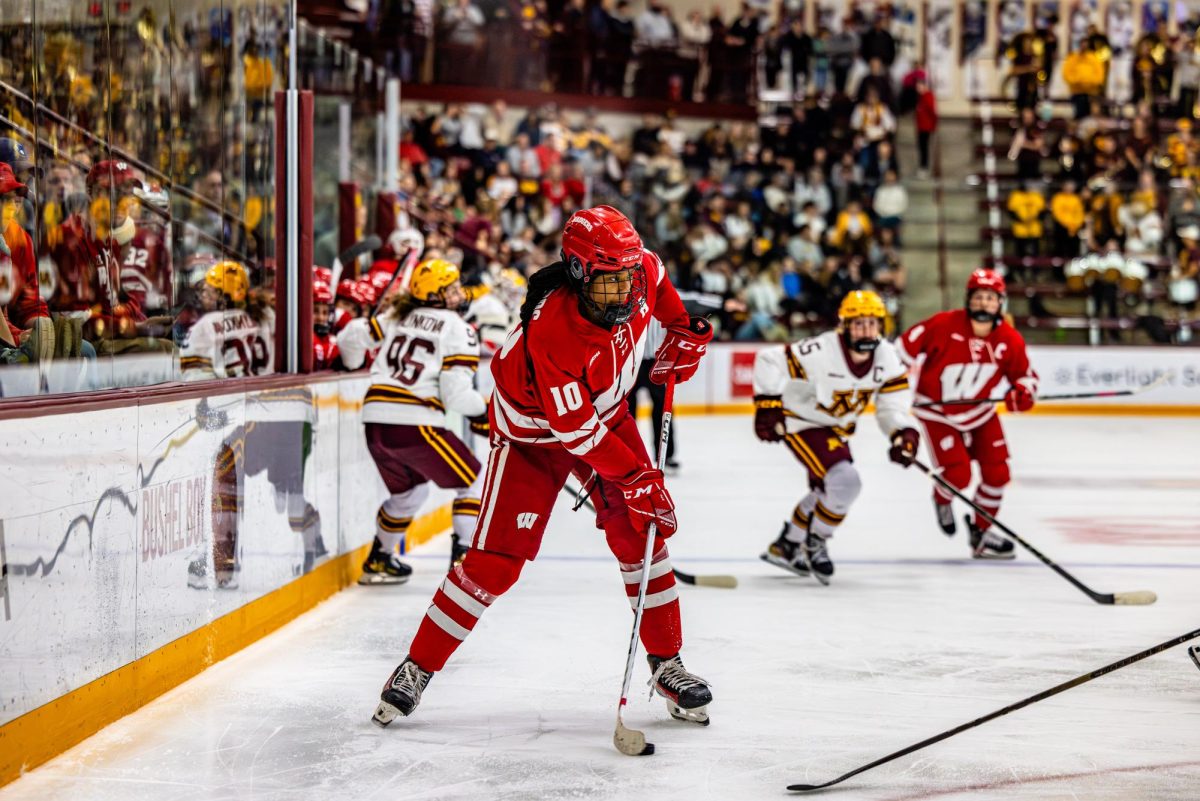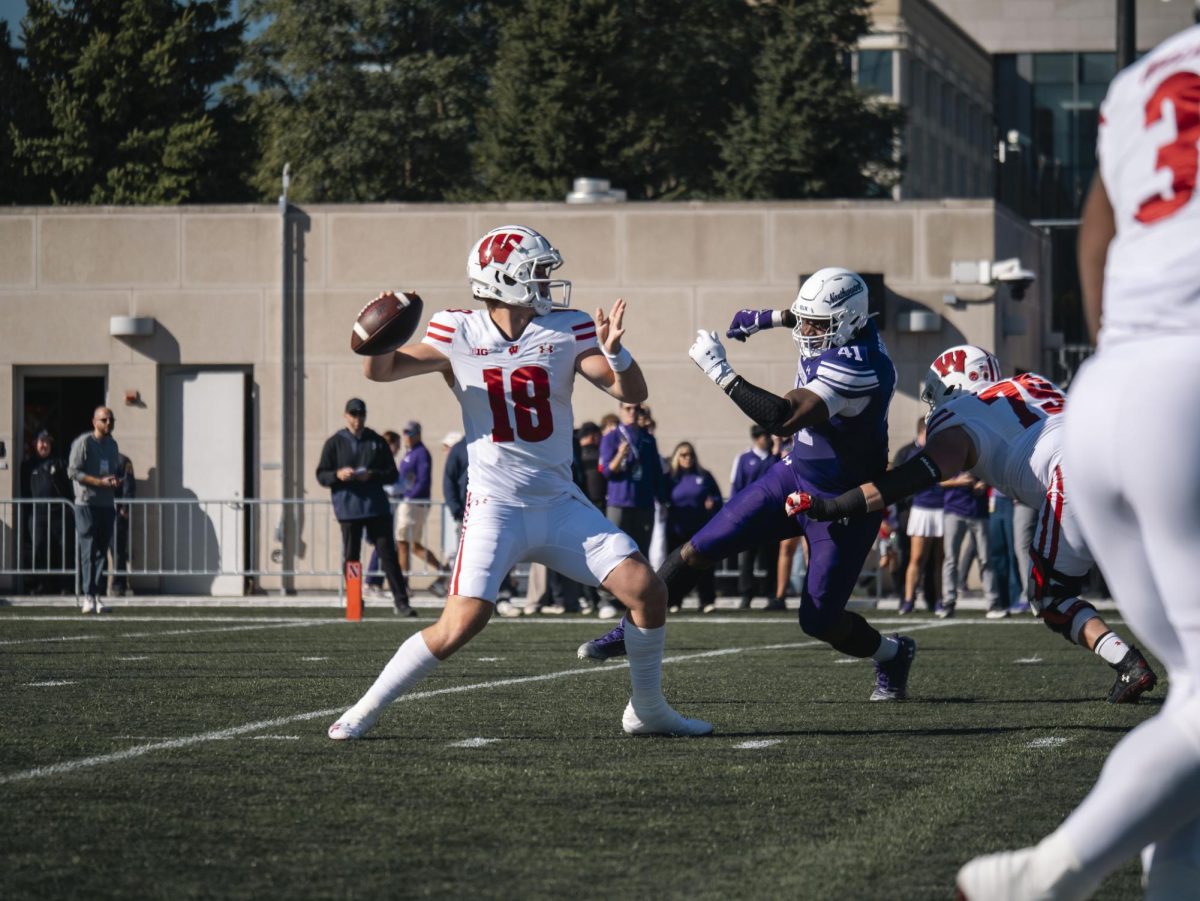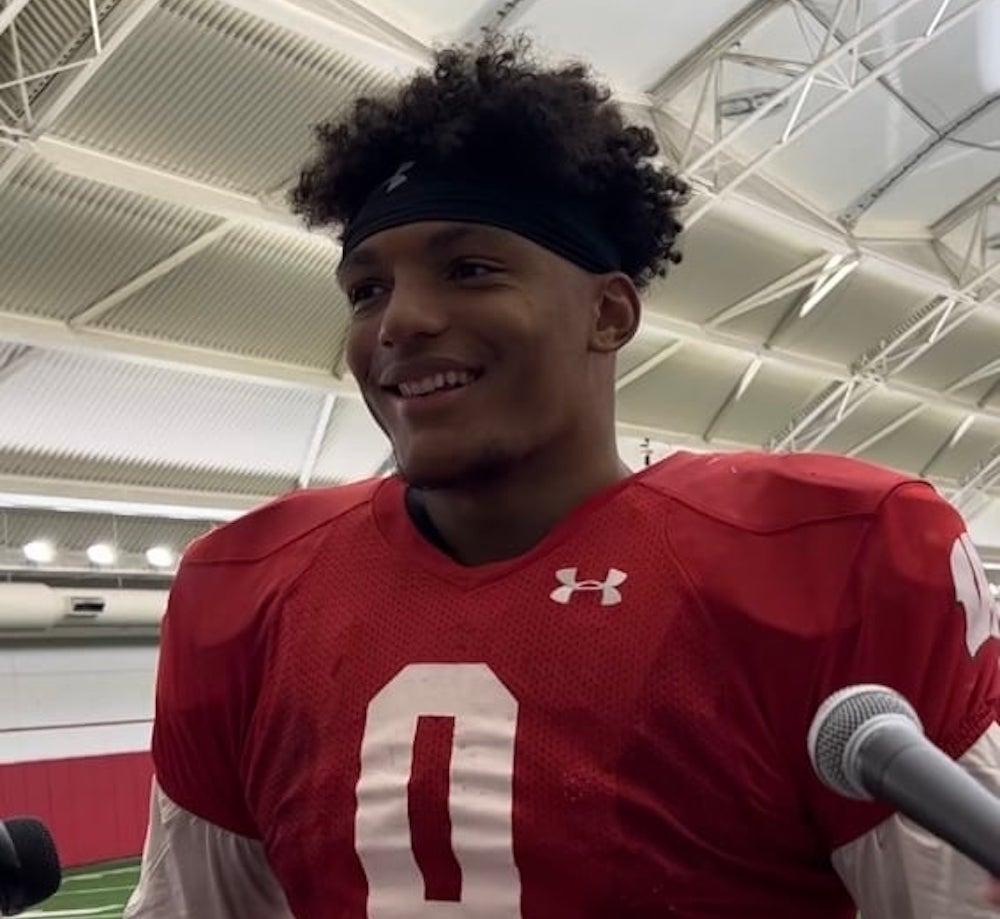While all the young college students in the NCAA Tournament miss weeks of classes to be in the national spotlight for a short time, it’s good to know that at least we, the basketball fans of America, can learn a thing or two from the Big Dance. The two opening rounds of this year’s tournament have taught me numerous invaluable lessons. Here they are.
Lesson 1: Cincinnati will choke
The Bearcats are going to have that breakthrough tournament run eventually, right? Not this year. Picking Cincinnati to get much farther than the second round is like running on hot coals with bare feet: you’ll get a lot of concerned looks from your friends and will almost definitely get burned.
Every season Cinci is stacked with talent, putting stars like Danny Fortson, Kenyon Martin and Steve Logan on the floor, and every year they disappoint. Although the UCLA squad Cinci lost to in this year’s second round wasn’t really an eight-seed, the defeat continued an eerie string of early-round Bearcat exits.
After making two straight Final Fours in 1992 and 1993, the departure of Nick Van Exel sent Cinci into a downward spiral of tournament failures that continue to this day.
Nine years, nine tournament appearances, nine disappointments. In six of those nine years, Cinci garnered high seeds but failed to go past the second round.
1994: eight-seed, upset in the first round by No. 9 Wisconsin.
1995: seven-seed, second-round loss to No. 2 UConn.
1997: three-seed, heartbreaking second-round loss to No. 6 Iowa State.
1998: two-seed, shocked in second round by No. 10 West Virginia.
1999: three-seed, upset in second round by Temple.
2000: two-seed, upset in second round by No. 7 Tulsa.
2001: five-seed, beat by No. 1 Stanford in Sweet 16, their best showing in five years.
Even Cincinnati’s Elite Eight run in 1996 fell short of expectations, as consensus all-American Fortson failed to deliver the Bearcats a national title and then bolted for big bucks and bigger bench minutes in the NBA, where he’s averaged a spectacular 10.3 points per game.
Maybe Conference USA is even weaker than people think. Maybe the Bearcats, along with the baseball-crazy city of Cincinnati, are distracted because they’re so thoroughly excited about the Reds beginning spring training. Or maybe it’s just that Bob Huggins’ veteran players are really looking forward to not graduating once they exit the tournament and return to school. Whatever the reason for their failures, Cinci is a bust — always.
Lesson 2: Duke must be stopped
The Blue Devils have five NBA-ready starters, and skinny freshman Daniel Ewing hits four threes and is the big reason Duke beat Notre Dame in the second round? Wait, Ewing is a potential NBA player too? Where the hell do they get all these kids?
Once upon a time, Duke’s success was based on recruiting players with big hearts and plans to stay for four years — guys like Christian Laettner, Tommy Amaker and Bobby Hurley. After the Elton Brand/William Avery/Corey Maggette bolt-for-the-pros debacle in 1999, Coach K realized it was time to go get some premier talent, regardless of their desire to hang around Cameron once their draft stock got high enough.
In Duke’s case, success only breeds more success. Continued runs deep into the tournament have brought Duke talent even perennial recruiting giants like Kentucky and UCLA can’t match.
Ewing, Jason Williams, Carlos Boozer, Mike Dunleavy, Casey Sanders and Chris Duhon make it six McDonald’s High School All-Americans since 1999. Who cares if Williams and Boozer and maybe even Dunleavy submit to the NBA’s siren song after this season? Not Coach K, who has four more McDonald’s all-Americans, two guards and two dominant big men, on the way next year. And Coach K is only 56, giving him and his sure to be wonderfully talented new recruits plenty of time to pad his 58-14 all-time NCAA Tournament record.
Parity is not an option in college basketball; a Kent State just isn’t capable of getting the type of high-profile recruits that a Duke can. But if the Golden Flashes can get past Pitt first, Duke’s neglect to hold onto players for four years may be their downfall. Maybe, just maybe, Kent State’s junior- and senior-laden squad can down a Duke team that has exactly one senior, center and head cheerleader/benchwarmer Matt Christensen.
A more likely situation? Duke will do the usual: beat Indiana, manhandle Kent State, get to the Final Four, lose players early to the NBA, plug new superstars into lineup, get to Final Four, lose players early to the NBA, plug new players . . .
Lesson 3: Pick the sleeping giants
Illinois, Kentucky, and UCLA fell short of the expectations put on them all season, so early exits from the tournament for the four squads were pretty much guaranteed, the thinking went.
Two rounds later, UCLA and Missouri will square off in San Jose, the Illini have a realistic shot at repeating last year’s upset of Kansas, and Kentucky will give Maryland its toughest test yet.
There was a reason those expectations were so high in the first place, though: all of these teams possess tremendous collections of talent, especially at the all-important guard positions.
Missouri’s No. 2 ranking earlier in the year was a tad high; the talent was there, but the team play was not. Two months later, Kareem Rush and Clarence Gilbert are the most dangerous backcourt in the tournament, super-athletic sixth-man Rickey Paulding contributes 20 points in the Tigers’ upset of No. 4 Ohio State, and Missouri is looking tough to beat.
Illinois’ pro-bound Frank Williams and two-guard Cory Bradford, along with three other Illini seniors, decided to make their final tournament count. UCLA’s Jason Kapono and Matt Barnes have looked very sharp, and freshman Cedric Bozeman hit big shots down the stretch for the Bruins.
And Kentucky? Keith Bogans finally snapped out of his year-long slump, and Tayshuan Prince proved against Tulsa that when he is hot, he may be the best shooter in the nation, as he shot six of eight from three-point range and scored 41 points in the Wildcats’ win.
For hot teams in the tournament, conference titles mean nothing and seedings mean even less. It’s inevitable that jump-shooting teams like Missouri and Kentucky will struggle throughout the year, but once they start hitting shots during tournament time, watch out.







